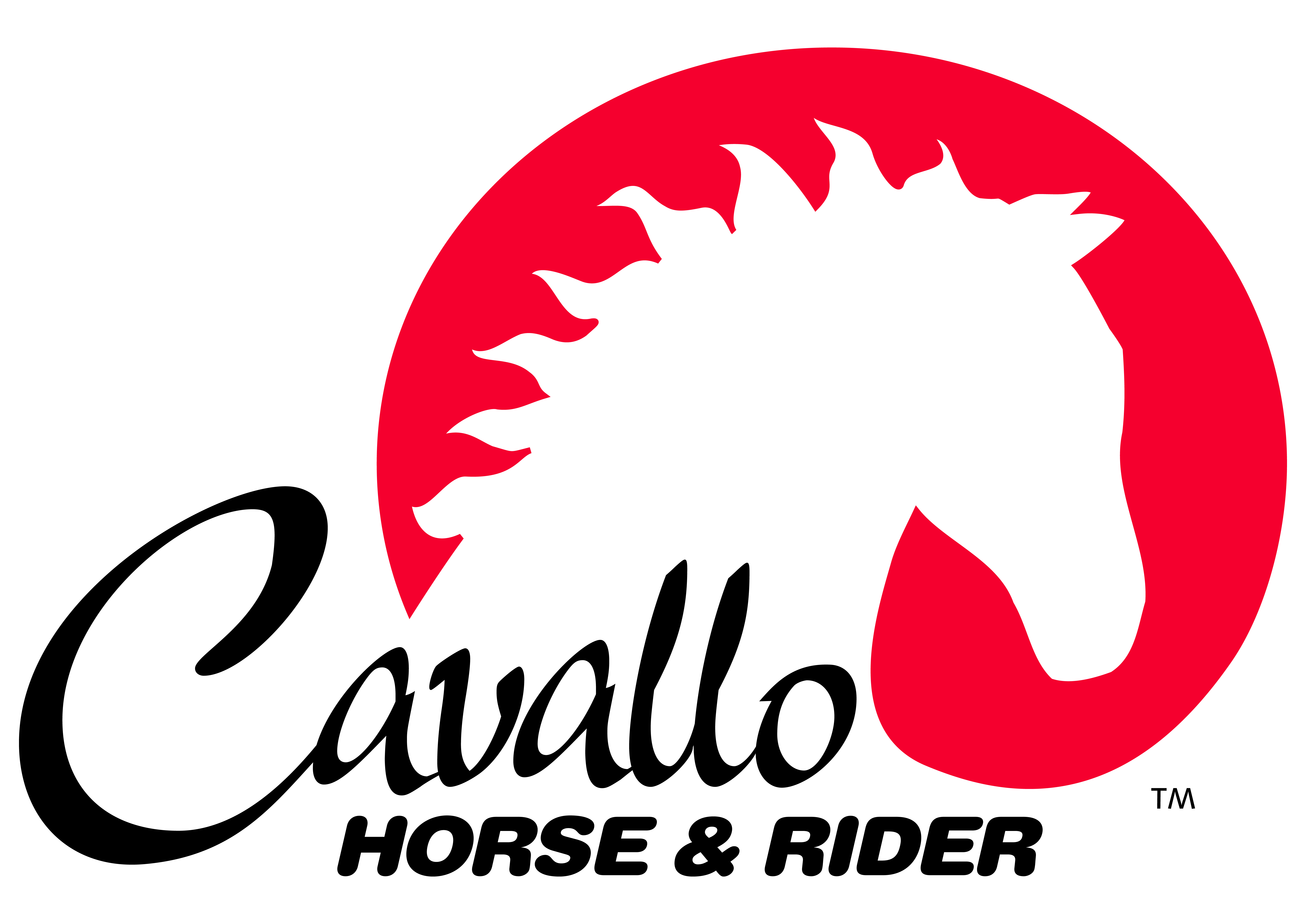
By Lindsey Partridge
If you love horses and want to enjoy a safe and fun time with them, it is important to understand horses. Not just how to make them do what you want, but to really understand horses – how they think and how they learn.
 Three Things Your Horse Wants You to Know:
Three Things Your Horse Wants You to Know:
- 1) The Horse is a Prey Animal – You’re the Predator: The horse is a prey animal. They are most worried about being trapped and eaten. They care about the safety of themselves and their herd.
Humans are predators. We like to trap and control them. We do things like hold our horse with a tight lead rope, or pull on our horse’s mouth without ‘giving’ often enough.
Having slack in the lead rope when leading, or using ‘take, take, give’ on the reins instead of ‘take, take, take (pull, pull, pull)’ are some examples of how we can act more like a partner and less like a predator.
The less you need to trap and control your horse, the more the horse will see you as a partner and herd leader. If the horse thinks of you as a herd leader and partner, they are more likely to trust you and try for you.
When you are with your horse, try to use cues that don’t involve a lot of pulling on the horse’s halter/bridle – because this is trapping the horse. Try using body language to give your horse cues on the ground, and while riding try using your seat and leg more than your hands.
If your horse is scared, remember your horse is a prey animal and its normal for them to get scared. Try to be patient and relaxed. Gently ask your horse to continue with what you want, after you’ve given your horse the chance to slow down and stop (remember its a good thing if your horse's reaction to being scared is to slow down and stop - so don't get the horse in trouble because the opposite reaction is to take off and run).
2) Horses Need Boundaries, but Don’t Need Punishment: Horses can become very dominant or very nervous when their human doesn’t set clear boundaries. This means if the human just allows a horse to do things like walk wherever they want, rub on humans without permission, or change direction while being led or lunged the horse will think the human isn’t paying attention. If the human isn’t paying a attention, the horse thinks the human isn’t a safe leader that can protect them from being eaten.
Horses usually respond in 2 ways – they either start getting nervous and skittish, or they become pushy and dominant. Some ways you can set boundaries are by protecting your personal space (don’t allow a horse to push you or walk into your space), don’t allow a horse to grab you or your clothes, and make sure you follow through with any cues – for example if you ask a horse to turn left, make sure you keep asking for the left turn until the horse listens.
Just because the horse needs some boundaries, doesn’t mean they need punishment. Horses don’t understand punishment – they aren’t like dogs or humans – instead horses are prey animals and punishment just doesn’t work well.
For example: A horse refuses a jump, and the rider smacks the horse a couple times with the crop. The horse doesn’t understand the rider is punishing him for refusing. Instead the horse loses trust in the rider and will usually do one of 2 things:
1) Try harder to get rid of the rider because they don’t like being smacked, so they buck or rear.
2) Get scared so they start rushing fences, because horses are prey animals and they run when they are scared.
If the rider punishes a horse for refusing all the time, the horse may become quite dangerous. This means that the horse will learn that jumping isn’t fun because they get smacked, so the horse will really run fast at fences, try really hard to ditch the rider at the jump, or will really act up when being cropped by bucking or rearing. These are all dangerous behaviours that riders can accidentally teach their horse when they use punishment.
Instead the rider can remember the horse doesn’t understand punishment. The rider can handle the same situation completely differently. For example, once the jump is refused, the rider could allow the horse a chance to really look at the jump (in case the horse was scared), then leave at the trot (not at the walk because walking means “good job you can relax”), and retake the jump. The rider can do this as many times as needed for the horse to jump. As soon as the horse jumps, the rider can walk the horse and rub his neck so the horse knows he did the right thing.
If the rider handles every refusal like this, with no punishment, the horse will never learn to buck or rear while jumping, to stop dirty at a fence trying to ditch the rider, or rush the jumps. Eventually refusals will stop all together because the horse will learn to trust the rider.
No matter what discipline you do, there is always a way to correct and train your horse without using punishment. Not using punishment is always safer and more effective in the long run.
 3. Horses Ask Questions: do you know what it looks like when your horse asks a question? Many horse people don’t really understand what a horse is doing when they ask a question.
3. Horses Ask Questions: do you know what it looks like when your horse asks a question? Many horse people don’t really understand what a horse is doing when they ask a question.
A horse asking questions is a great thing – it means the horse is looking to their handler for answers. When a horse asks a question and you are on the ground, the horse will flick an ear toward you, may turn to look at you, or even turn their whole body to face you. While riding, the horse may slow down and/or flick an ear back toward you.
When a horse asks you a question, it gives you a chance to answer politely with a soft cue to tell the horse what you want. This is great because it means the horse is thinking about you and what you want – not how they are going to leave and get away.
Often horses will ask questions when being lunged or sent in a circle. Sometimes handlers don’t know the horse is asking a question, so they think the horse is just being rude so they cue the horse to just keep moving. This starts to teach the horse that the answer to all questions is to just go. If the handler isn’t careful, this can make a horse become speedy or rebellious.
When being ridden, horses will sometimes slow down and stop if they see something scary – they ask a question about what to do. Sometimes riders just kick the horse forward. If the rider does this a lot, the horse will learn to go faster when they are scared or unsure. This is one way riders can teach horses to become bolters or to take off.
When you see your horse ask a question, allow them to ask the question, and then gently respond with the answer. The answer can be many things like to keep going, slow down, or to stop and realize something isn’t scary.







